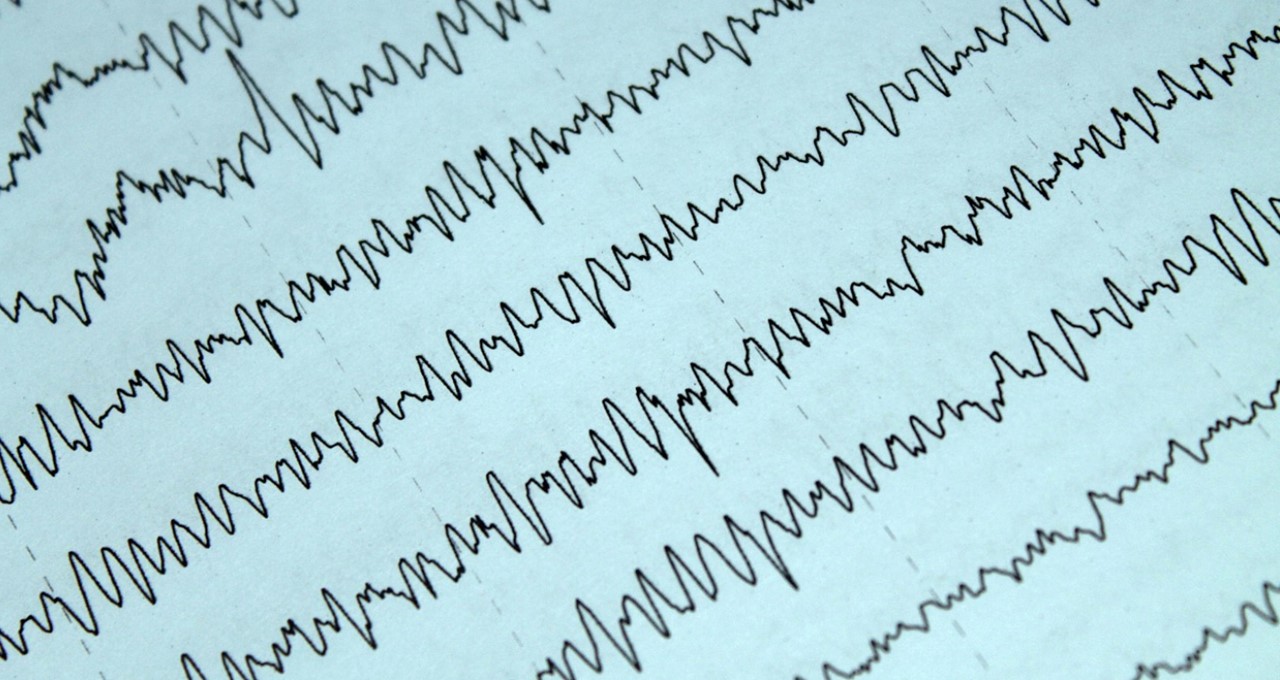Detecting delirium isn’t easy, but it can have a big payoff: speeding essential care to patients, leading to quicker and surer recovery.
Improved detection also reduces the need for long-term skilled care, enhancing the quality of life for patients while decreasing a major financial burden. In the U.S., caring for those suffering from delirium costs up to $64,000 a year per patient, according to the National Institutes of Health.
In a paper published last month in Nature, researchers describe how they used a deep learning model called Vision Transformer, accelerated by NVIDIA GPUs, alongside a rapid-response electroencephalogram, or EEG, device to detect delirium in critically ill older adults.
The paper, called “Supervised deep learning with vision transformer predicts delirium using limited lead EEG,” is authored by Malissa Mulkey of the University of South Carolina, Huyunting Huang of Purdue University, Thomas Albanese and Sunghan Kim of the University of East Carolina, and Baijian Yang of Purdue.
Their innovative approach achieved a testing accuracy rate of 97%, promising a potential breakthrough in forecasting dementia. And by harnessing AI and EEGs, the researchers could objectively evaluate prevention and treatment methods, leading to better care.
This impressive result is due in part to the accelerated performance of NVIDIA GPUs, enabling the researchers to accomplish their tasks in half the time compared to CPUs.
Delirium affects up to 80% of critically ill patients. Yet conventional clinical detection methods identify fewer than 40% of cases — representing a significant gap in patient care. Presently, screening ICU patients involves a subjective bedside assessment.
The introduction of handheld EEG devices could make screening more accurate and affordable, but the lack of skilled technicians and neurologists poses a challenge.
The use of AI, however, can eliminate the need for a neurologist to interpret findings and allow for the detection of changes associated with delirium roughly two days before symptom onset, when patients are more receptive to treatment. It also makes it possible to use EEGs with minimal training.
The researchers applied an AI model called ViT, initially created for natural language processing and accelerated by NVIDIA GPUs, to EEG data — offering a fresh approach to data interpretation.
The use of a handheld rapid-response EEG device, which doesn’t require large EEG machines or specialized technicians, was another noteworthy study finding.
This practical tool, combined with advanced AI models for interpreting the data they collect, could streamline delirium screenings in critical care units.
The research presents a promising method for delirium detection that could shorten hospital stays, increase discharge rates, decrease mortality rates and reduce the financial burden associated with delirium.
By integrating the power of NVIDIA GPUs with innovative deep learning models and practical medical devices, this study underlines the transformative potential of technology in enhancing patient care.
As AI grows and develops, medical professionals are increasingly likely to rely on it to forecast conditions like dementia and intervene early, revolutionizing the future of critical care.
Read the full paper.
